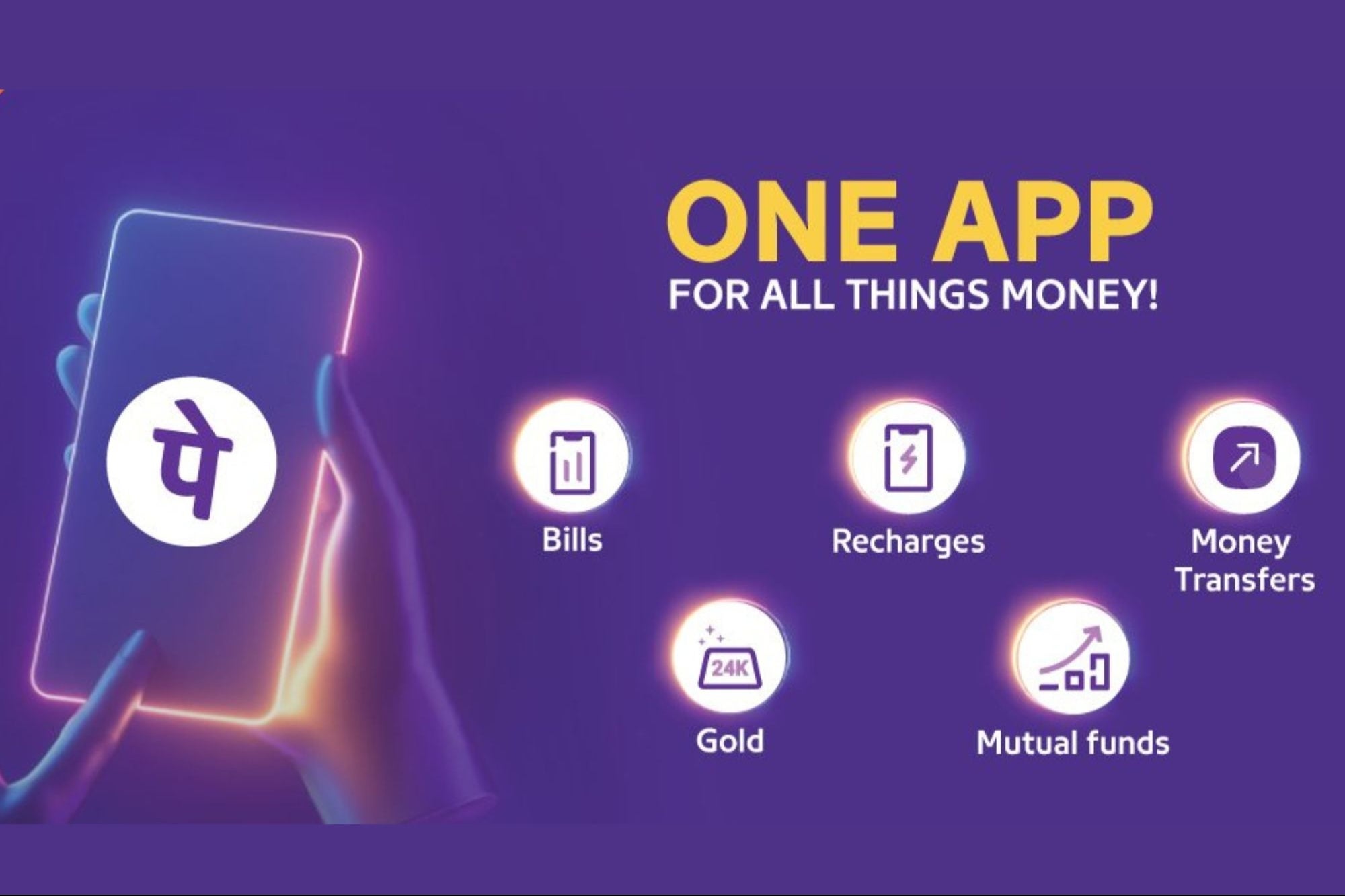PhonePe Becomes India's First Fintech Platform To Enable Cross-Border UPI Payments The current launch supports all international merchant outlets in UAE, Singapore, Nepal and Bhutan that have a local QR code
By Teena Jose
Opinions expressed by Entrepreneur contributors are their own.
You're reading Entrepreneur India, an international franchise of Entrepreneur Media.

PhonePe, India's largest digital payment company, has launched support for 'UPI international' payments. This feature allows PhonePe's Indian users traveling abroad to instantly pay foreign merchants using UPI. The current launch supports all international merchant outlets in UAE, Singapore, Nepal and Bhutan that have a local QR code. Users will be able to make payments in the foreign currency directly from their Indian bank- just like they do with international debit cards. PhonePe is the first fintech app to launch this feature in India, according to an official statement by the company.
"Over the past six years, all over India we have been lucky to experience the UPI payments revolution transforming our daily lives. UPI international is the first major step in letting the rest of the world experience UPI too. I am sure this launch will prove to be a game changer and will completely transform the way Indians traveling overseas pay at merchant outlets abroad. PhonePe has always prided itself in being the first TPAP to take new UPI features to the market, and this time is no different. We are glad that PhonePe is leading this change. The entire world needs to experience UPI," said Rahul Chari, CTO and co-founder of PhonePe.
UPI international is designed to facilitate safe and easy transactions for millions of Indians traveling overseas. Historically, Indian customers needed to use a foreign currency, or their credit or forex cards to pay at international merchant outlets. PhonePe users can activate their UPI linked bank account for UPI international at the merchant location, or prior to their international trip, via the PhonePe App. The flow is secure and will require the customer to enter their UPI pin in order to activate the service, the statement added.
With 43.5 crore registered users, one in four Indians are now on PhonePe. The company has also successfully digitized 35 Million offline merchants spread across tier 2,3,4 and beyond, covering 99% pin codes in the country. PhonePe is also the leader in Bharat Bill Pay System (BBPS), processing over 45% of the transactions on the BBPS platform, claimed by the company in the statement.
The digital payments platform, on Monday, also tweeted that, "With a 50.2 market share, PhonePe is the no.1 UPI app in India."












